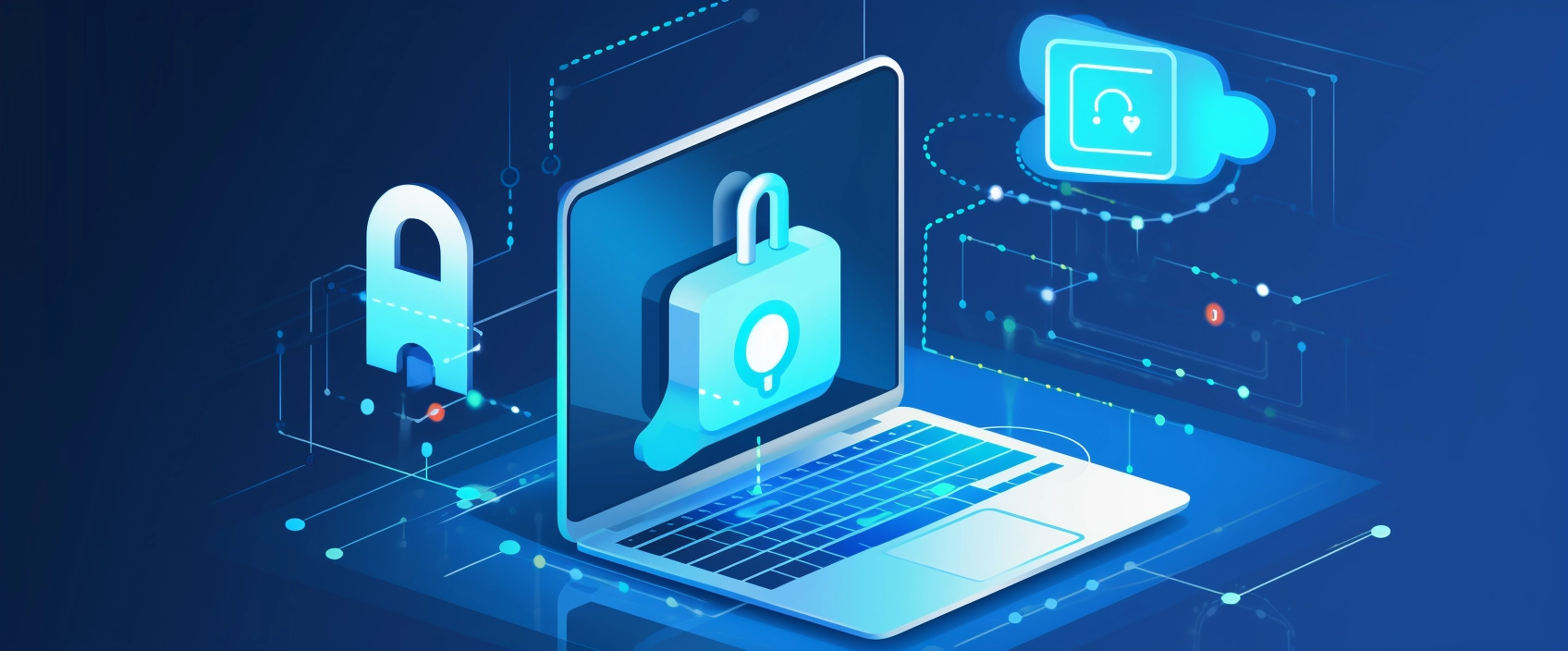Salesforce Security tools: Checkmarx versus Veracode
When considering security tools for Salesforce applications, Checkmarx and Veracode stand out as leading solutions, each offering distinct features and integration capabilities. The choice between these tools often depends on specific security requirements, the complexity of your Salesforce applications, and your team’s workflow. Checkmarx for Salesforce Scanning Features: Static Application Security Testing (SAST): Checkmarx excels … Read more








